THE WHOLE STORY
click photos to view larger images
click song titles to listen
click song titles to listen
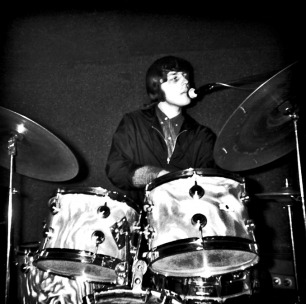

|
My Bad Times are Over (Prokop - Hoffert)
Lighthouse MGM Demo |
Oh I Can Feel It
(Prokop - Hoffert) Lighthouse MGM Demo |
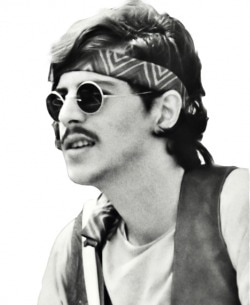 Manager, Vinny Fusco circa 1969
Manager, Vinny Fusco circa 1969
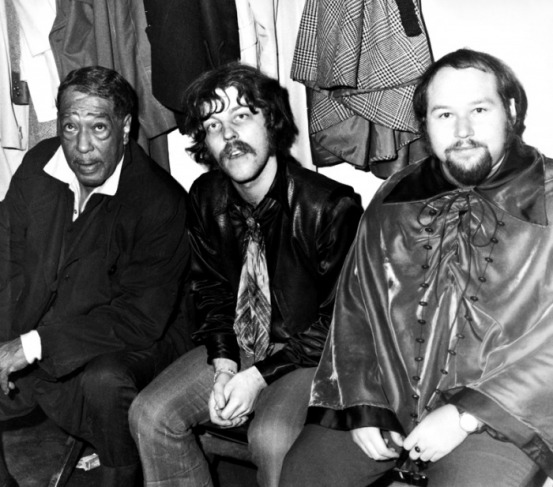
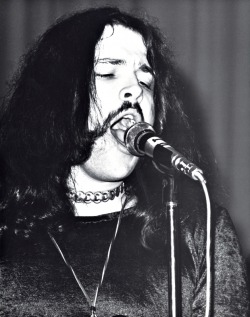
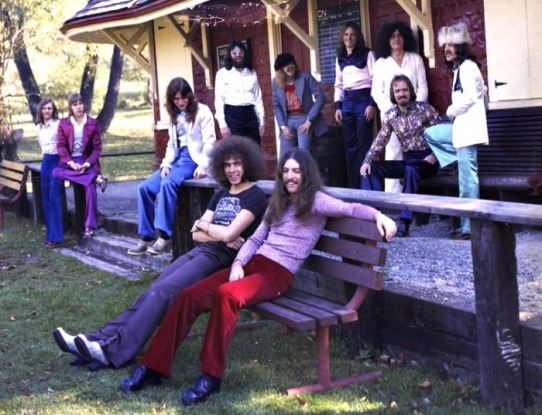
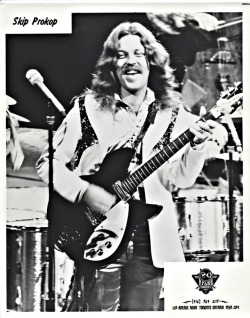
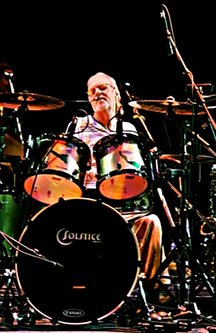 Skip Prokop
Skip Prokop
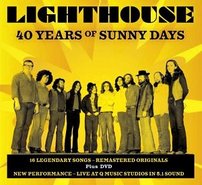
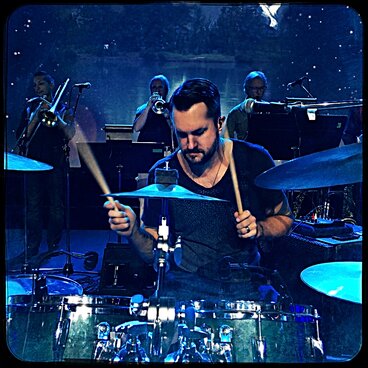 Jamie Prokop
Jamie Prokop
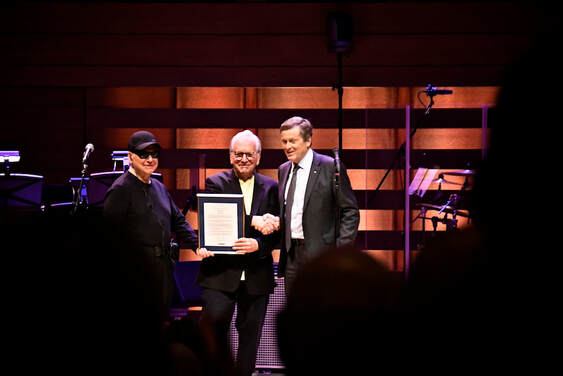 Mayor Tory presenting plaque to Paul Hoffert and Ralph Cole - Photo by Larry Frank
Mayor Tory presenting plaque to Paul Hoffert and Ralph Cole - Photo by Larry Frank
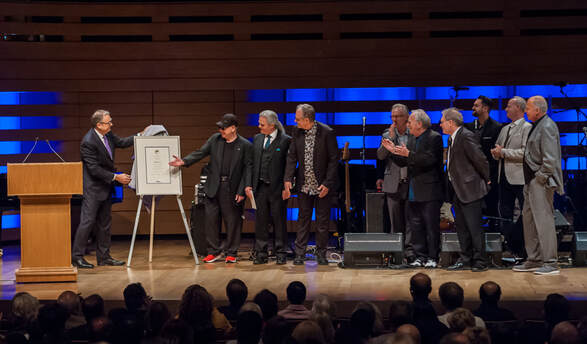 Mervon Mehta presenting Lighthouse members with plaque declaring them Honorary Fellows of the Royal Conservatory of Music - Photo by Lisa Sakulensky
Mervon Mehta presenting Lighthouse members with plaque declaring them Honorary Fellows of the Royal Conservatory of Music - Photo by Lisa Sakulensky